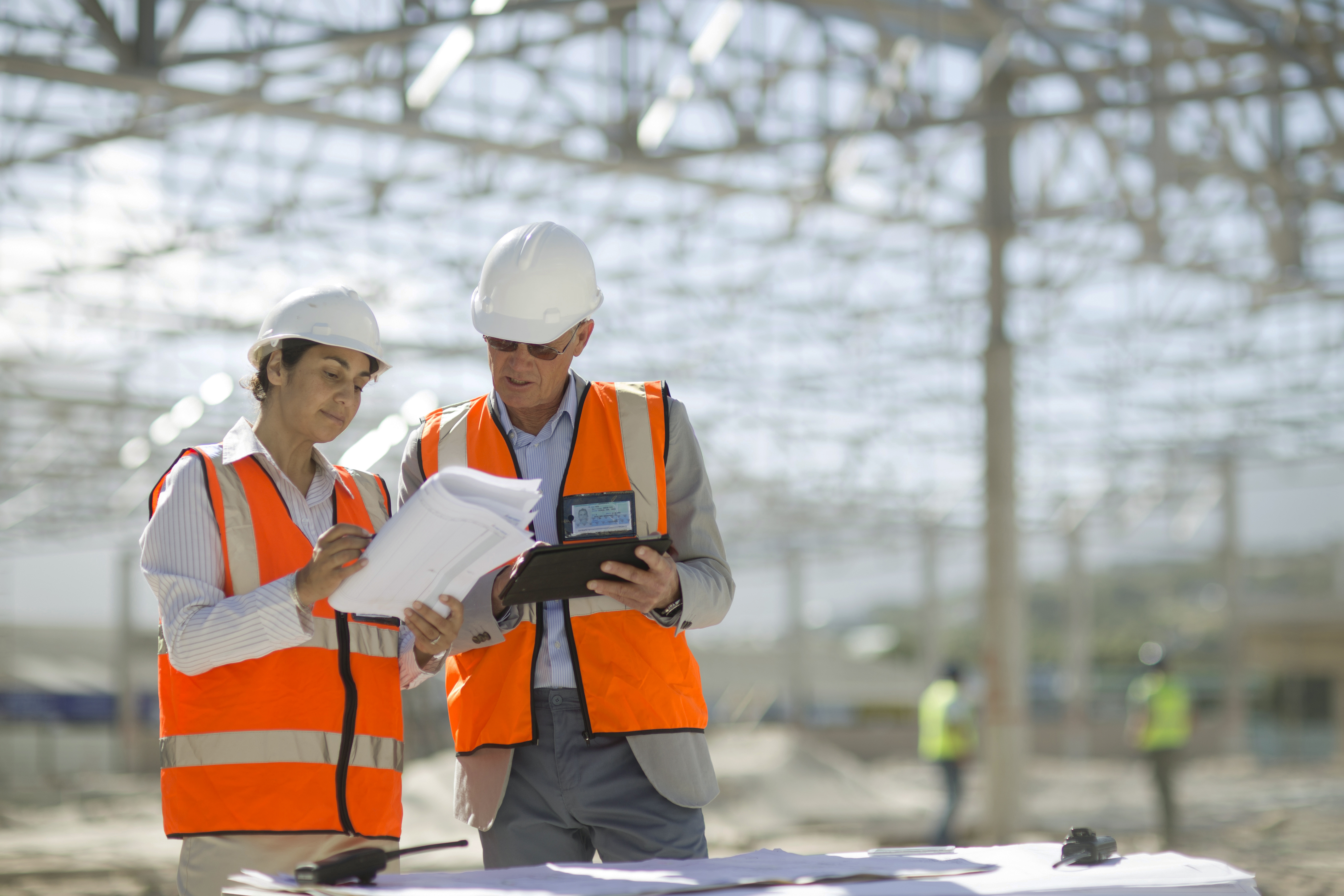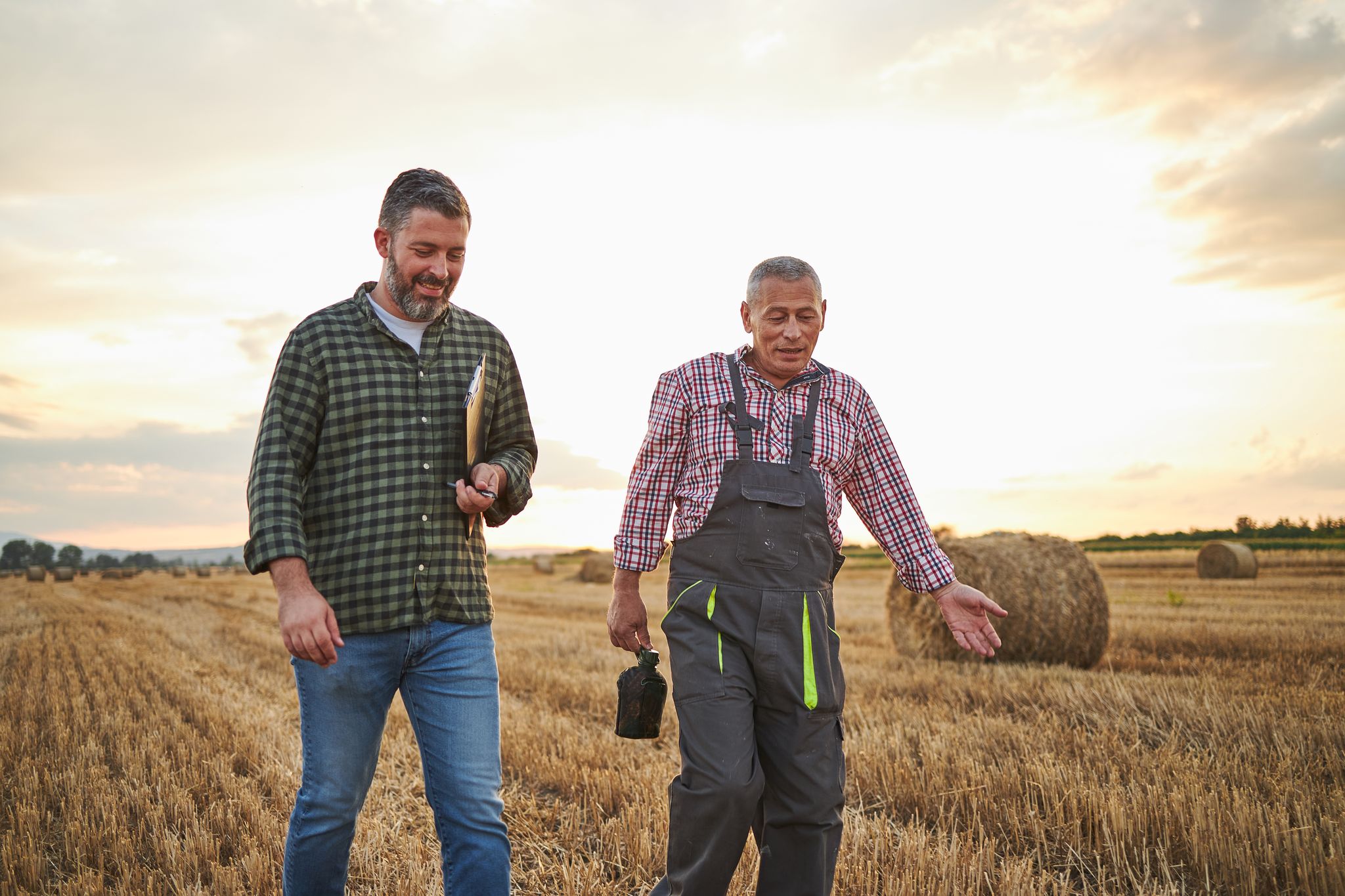
Fall Protection Safety
By Alliant
Fall protection and safety is a major concern at construction sites. OSHA cites injuries from falls as one of its top ten worksite injuries. Falls on a construction site are also one of OSHA’s four leading factors of fatalities. Falls and falling objects can result from unstable working surfaces, ladders that are not safely positioned and misuse of fall protection. Any time an employee is at a height that exceeds regulatory specifications for the task being performed, the employee must be protected on the construction site.
Unprotected Sides, Wall Openings and Floor Holes
Almost all sites have unprotected sides and edges, wall openings or floor holes at some point during construction. If these sides and openings are not protected, injuries from falls or falling objects may result. Passive and Active Systems can help protect employees and prevent falls.
Passive Systems
Passive systems don’t require the use of fall protection equipment, are nondynamic, stationary, and don’t move, adapt or change when in or out of use.
- Guardrail systems
- Hand Rail Systems
- Safety Net Systems
- Covers
Active Systems
Active fall protection is dynamic. Active fall protection requires the use of equipment specifically designed to prevent a fall from occurring or to restrict an employee’s ability to be in free fall position.
- Fall Restraint
- Fall Arrest Systems
Ladders
Take the following fall protection measures when using ladders:
- Only use ladders that comply with OSHA standards.
- Inspect ladders for cracked, broken or defective parts prior to each use. If a ladder is broken, tag it as defective and remove it from service.
- Position extension or straight portable ladders so side rails extend at least three feet above the landing.
- Secure side rails at the top and bottom to a rigid support and use a grab device when a three foot extension is not possible.
- Make sure that the weight on the ladder will not cause it to slip off its support.
- Don’t apply more weight on a ladder than it is designed to support.
- Maintain three points of contact when ascending and descending ladders. Always face the ladder while climbing.
- Do not carry tools or materials in hand while climbing.
- Do not use a self-supporting ladder such as a step ladder as a single ladder or in a partially closed position unless the ladder was designed for such use.
- Do not use the top step/rung of a ladder as a step/rung unless it was designed for that purpose.
Additional Safety Precautions
- Identify all potential tripping and fall hazards before work starts.
- Look for fall hazards such as unprotected floor openings and edges, shafts, skylights, stairwells, and roof openings and edges.
- Inspect fall protection equipment for defects before use.
- Select, wear and use fall protection equipment appropriate for the task.
- Instruct employees to use handrails when going up or down stairs.
- Practice good housekeeping. Keep cords, welding leads and air hoses out of walkways or adjacent work areas.
Contact your Alliant producer to help your business prepare for the unexpected by implementing fall protection safety. Visit Alliant Safety & Loss Control for more information.
Alliant note and disclaimer: This document is designed to provide general information and guidance. Please note that prior to implementation your legal counsel should review all details or policy information. Alliant Insurance Services does not provide legal advice or legal opinions. If a legal opinion is needed, please seek the services of your own legal advisor or ask Alliant Insurance Services for a referral. This document is provided on an “as is” basis without any warranty of any kind. Alliant Insurance Services disclaims any liability for any loss or damage from reliance on this document.
News & Resources




